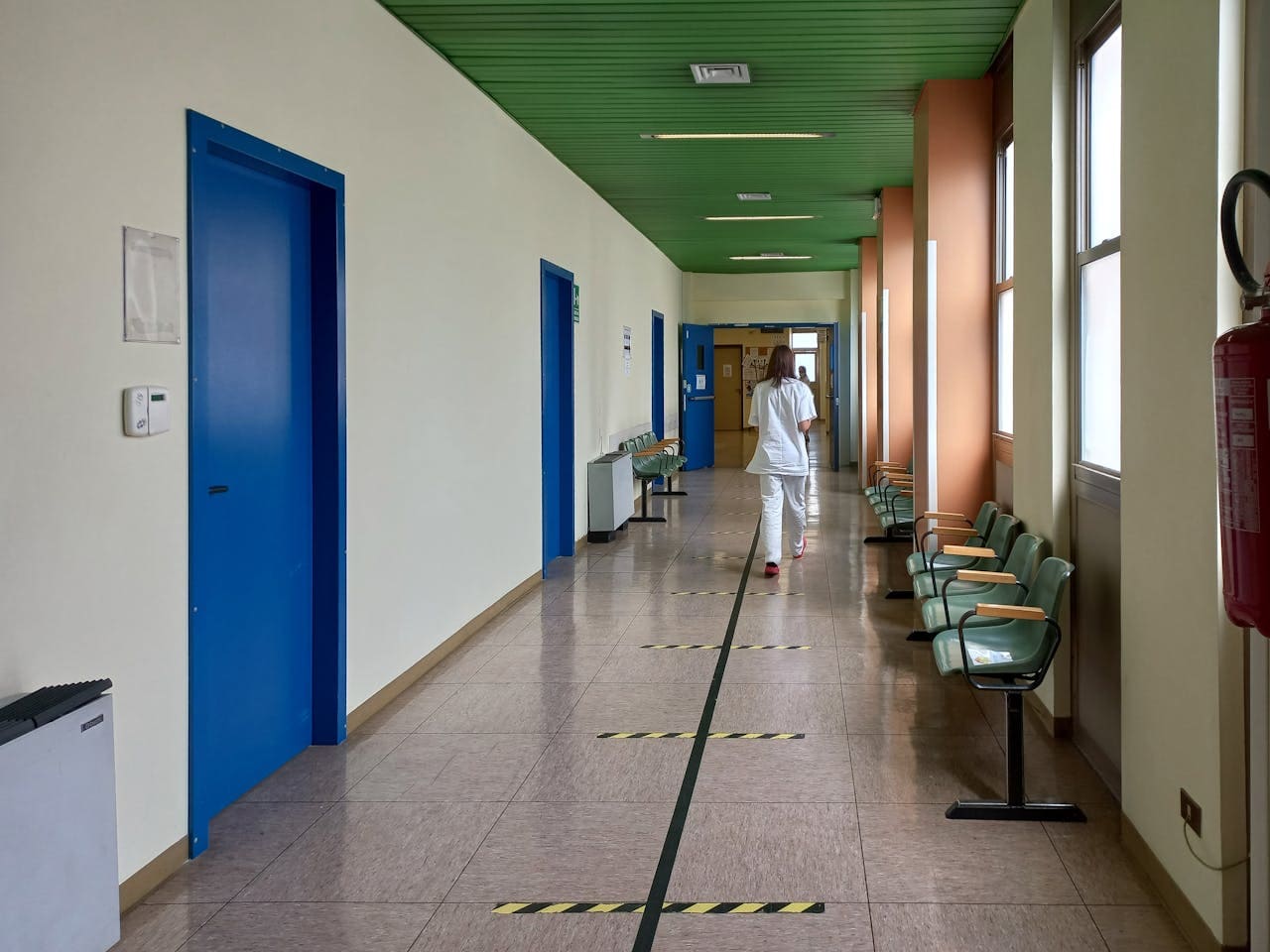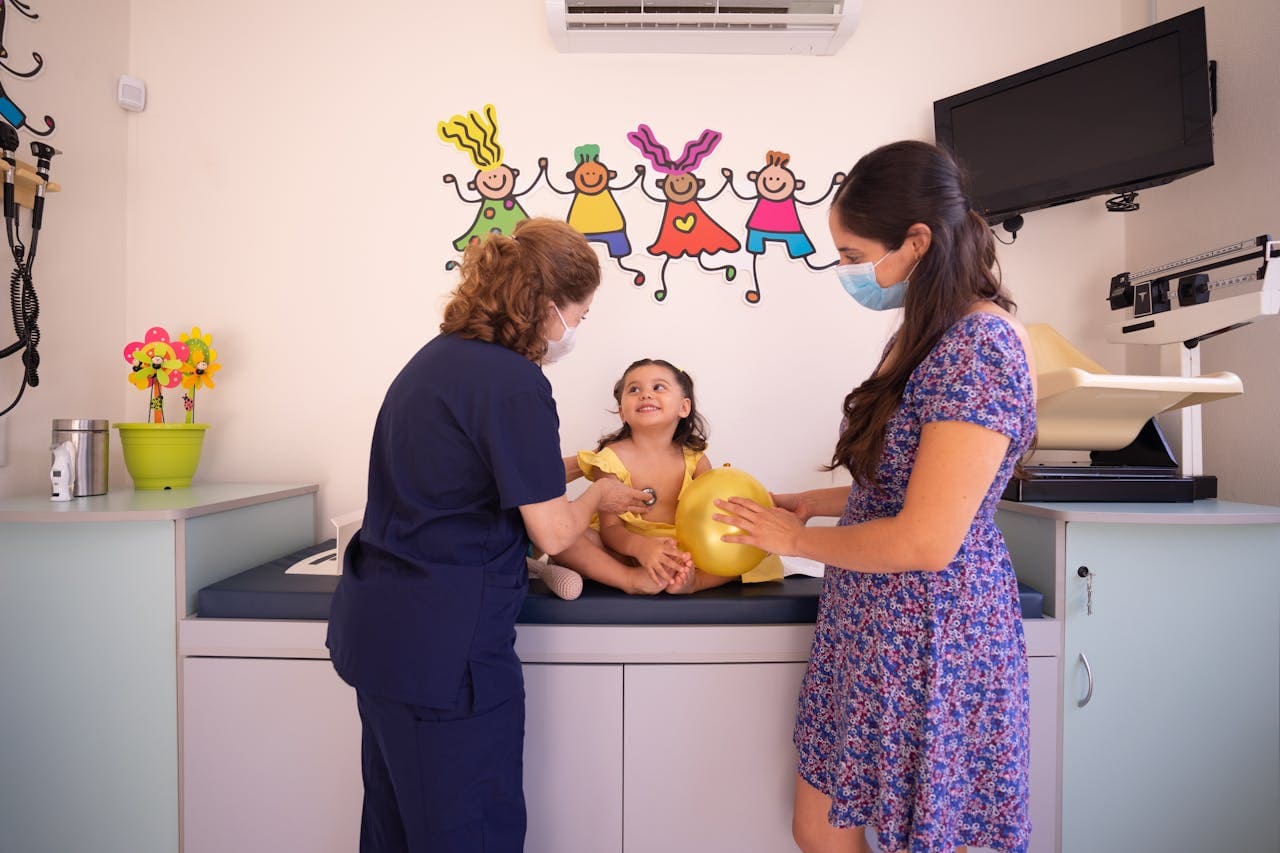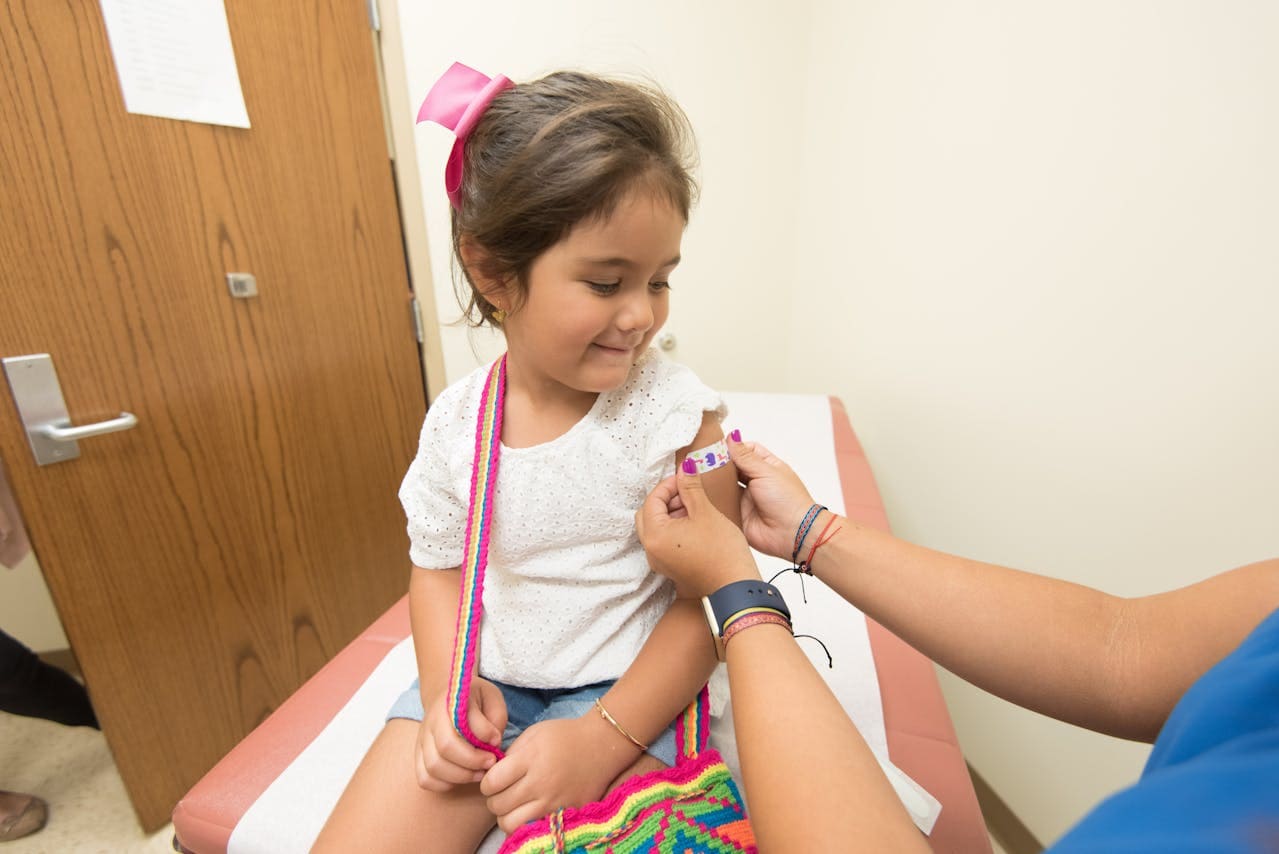
Online ADHD assessment & treatment
Skip the months-long waiting list – speak one-on-one with an ADHD psychiatrist this week and start a clinically proven care plan.
 Same-week video appointments for adults & teens (16+)
Same-week video appointments for adults & teens (16+) DSM-5-based diagnosis with clear written report
DSM-5-based diagnosis with clear written report Personalised plan: stimulant or non-stimulant meds, CBT tips, progress tracking
Personalised plan: stimulant or non-stimulant meds, CBT tips, progress tracking Receive an e-prescription you can fill at your local pharmacy, when clinically appropriate
Receive an e-prescription you can fill at your local pharmacy, when clinically appropriate Transparent pay-per-visit pricing, no subscriptions or hidden fees
Transparent pay-per-visit pricing, no subscriptions or hidden fees
How it works: from online ADHD sssessment to ongoing care
Four straightforward steps to move from “suspecting ADHD” to a validated care plan.

Medication is prescribed only when clinically appropriate. For urgent mental-health crises, contact local emergency services immediately.
Book ADHD assessmentADHD psychiatrists available online
Compare clinical focus, languages, and appointment times, then book your video consultation in minutes through Oladoctor.
ADHD treatment guide: what to know before you book
Efficacy, eligibility, safety, costs and timeline – everything you need to make an informed decision.
What Is ADHD? Beyond the stereotypes
Attention-deficit/hyperactivity disorder (ADHD) is a neuro-developmental condition that affects roughly 1 in 25 adults—not just “hyperactive kids who grew out of it.” It stems from differences in dopamine and norepinephrine signalling, which shape focus, impulse control and reward processing.
In adults the picture looks subtler than in childhood: missed deadlines, difficulty starting tasks, mental “noise,” emotional swings and chronic forgetfulness. Hyperactivity often shifts from running around to inner restlessness—fidgeting, multitasking or needing constant background noise.
Clinicians group symptoms into two domains: inattention (e.g., losing keys, zoning out in meetings) and hyperactivity/impulsivity (e.g., interrupting, overspending). Meeting at least five criteria in one or both domains—going back to before age 12—is central to a DSM-5 diagnosis.
Does diagnosis actually help? Evidence & outcomes
Getting formally diagnosed isn’t just “a label”. Controlled studies show that adults who start guideline-based ADHD treatment improve work productivity by 30–35 % and cut sick-days in half within six months (source: J Atten Disord, Joseph A et al. 2018;23(13):1610–1623).
Medication is only part of the story: when stimulants or atomoxetine bring core symptoms under control, people engage better with CBT, coaching and sleep hygiene, multiplying gains in focus and emotional regulation. A 2024 meta-analysis of 12 RCTs found that combining medication with brief CBT sessions produced an extra 18-point drop on the ADHD Rating Scale compared with pills alone.
Safety profiles are solid when monitoring is in place. Long-term registry data from Sweden (n = 25 k) links continuous treatment to a 42 % lower accident rate and fewer ER visits for substance-related issues (source: JAMA Psychiatry, Chang Z et al. 2017;74(6):603–610). The same data set shows no increase in serious cardiovascular events among adults without pre-existing heart disease.
Bottom line: an evidence-based assessment unlocks targeted therapy, reduces life disruption and, crucially, rules out conditions that mimic ADHD, such as anxiety or thyroid dysfunction. Book your assessment to see whether treatment could deliver similar gains for you.
Who’s eligible for ADHD medication? Tests, red flags & alternatives
Eligibility for prescription ADHD medication hinges on a formal clinical assessment that confirms DSM-5 criteria—typically at least five symptoms of inattention or hyperactivity/impulsivity present since childhood, affecting daily life across work, home or school. Age 16+ is standard for telehealth assessments, though paediatric referrals are available for younger teens.
Your psychiatrist will use validated rating scales (e.g., ASRS, Conners) alongside a detailed medical and psychiatric history to rule out mimicking conditions like anxiety disorders, thyroid dysfunction or sleep apnea. A baseline physical exam—blood pressure, heart rate and, in some cases, an ECG—is recommended before starting stimulants to flag any cardiac risks.
Certain “red flags” may steer you toward non-stimulant options: uncontrolled hypertension, recent substance-use disorder, active psychosis or a history of severe mood swings. In these situations, atomoxetine or guanfacine can be safer first-line therapies, often paired with behavioural strategies.
When stimulants are appropriate, titration begins at low doses with close follow-up—typically a check-in at 1 month, then every 3–6 months—to monitor efficacy, side effects and any emerging concerns. Alternative support, such as CBT-based coaching, sleep hygiene advice and digital focus tools, can further enhance outcomes whether or not medication is prescribed.
Side effects & safety monitoring
Most people tolerate ADHD medications well, but common side effects include reduced appetite, trouble sleeping, dry mouth, mild headaches and occasional jitteriness. These typically peak during the first first few weeks of dosage adjustments and often lessen as your body adapts.
Tips to manage side effects:
- Dose timing. Take stimulants early in the day to minimise insomnia.
- Start low, go slow. Begin at the lowest effective dose and increase in small increments.
- Hydration & nutrition. Stay well-hydrated and plan balanced meals—even small snacks—to counter appetite dips.
- Routine review. Keep a simple side-effect diary to share with your psychiatrist at follow-up.
When to seek help: Stop medication and contact your doctor if you experience chest pain, significant increases in heart rate or blood pressure, severe mood changes (depression, aggression) or any new, persistent tics.
Safety monitoring involves checking blood pressure, heart rate and weight at baseline, then repeating at one month and every 3–6 months thereafter. If regular stimulants aren’t an option, non-stimulants like atomoxetine or guanfacine offer alternatives with different safety profiles.
Cost, timeline and what happens after your assessment
The complete ADHD assessment on Oladoctor involves two video sessions (45–60 minutes each), costing €70–€200 per session based on the consultation fee set by each psychiatrist. You’ll see the exact price before booking—no subscriptions or hidden fees.
Medication (methylphenidate or lisdexamfetamine) runs €20–€120 per month at retail prices, varying by pharmacy and formulation.
- Report delivery: Within 24 hours of your second session, you’ll receive a detailed DSM-5 diagnostic report and treatment recommendations.
- E-prescription: If medication is indicated, the e-prescription is available immediately after your second session and is valid for 30 days in most EU countries (or 10 days in Spain).
European guidelines require a follow-up 1 month after starting stimulants, then every 3–6 months to review progress, adjust doses, and ensure ongoing safety. You can schedule these follow-up appointments through your Oladoctor account.



















Your guide to healthcare in Europe
Practical information for getting care while living, working, or travelling in Europe — all in one place.
Frequently asked questions about ADHD assessment & treatment
Find clear answers on the assessment process, medication options, costs, follow-up care and data privacy before you book your consultation.













